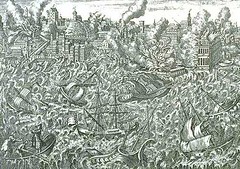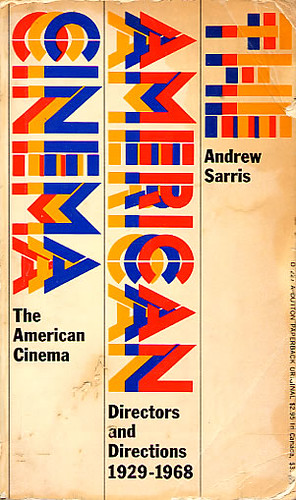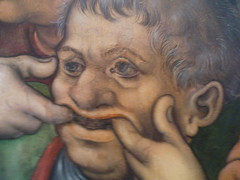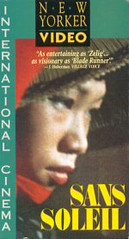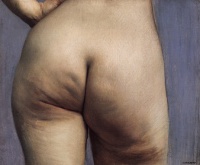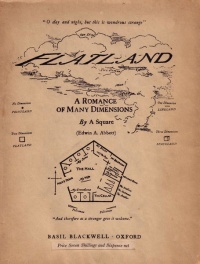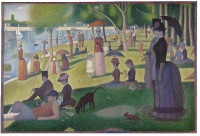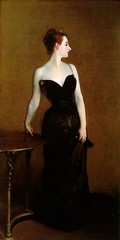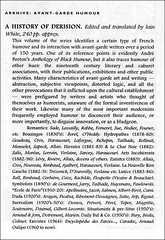
A History of Derision
A History of Derision by way of Illusory Confections who wrote on its subject[1]:
“Be still my beating heart, this is practically everything I adore in one tidy 240 page bundle! But it isn’t referenced anywhere online and I couldn’t even find mention of it on the Atlas Press site. So I zipped an email to Atlas inquiring about it, and, sadly, its nonexistence was confirmed. Apparently it was a planned project that fell to the sidelines and “[1]
the website is the accurate source of what is available, the catalogue part bibliography and part fiction, if you like…
Here it is again in a wikified version,
A History of Derision is an aborted project by Arkhive, an Atlas Press imprint.
It builds on André Breton’s Anthology of Black Humour, but is more a history of French avant-garde.
French Romantics: Sade, Lassailly, Rabbe, Forneret, Nodier, Fourier
Bouzingos: Borel and O’Neddy
Hydropathes: Goudeau, Cros, Haraucourt, Lafargue, Richepin, Tailhade, Rollinat, Monselet, Sapeck, Allais.
Hirsutes and the Chat Noir: Salis, Moréas, Lorrain, Verlaine, Sarcey, Haraucourt.
Arts Incohérents: : Lévy, Rivière, Allais.
Zutistes: Allais, Cros, Nouveau, Rimbaud, Ajalbert, Haraucourt, Verlaine.
La Nouvelle Rive Gauche : Trézenick, D’Aurevilly, Verlaine.
Lutèce: Rall, Rimbaud, Corbière, Caze, Rachilde, Floupette (Vicaire and Beauclair).
Symbolists : de Gourmont, Jarry, Tailhade, Huysmans, Pawlowski.
Ecole de Paris : Apollinaire, Jacob, Salmon, Albert-Birot, Cami.
Dada : Aragon, Picabia, Ribemont-Dessaignes, Satie, Arp, Rigaut.
Surrealism : Desnos, Prévert, Péret, Topor, Magritte, Scutenaire, Daumal, Gilbert-Lecomte.
Situationists : Arnaud and Jorn, Dotremont, Mariën.
Daily Bul & Co: Bury, Béalu, Colinet.
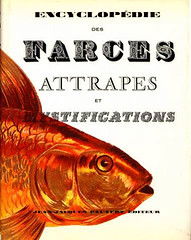
Farcistes: Encyclopédie des farces et attrapes et des mystifications, François Caradec, Noël Arnaud.[2]
Oulipo.
-
